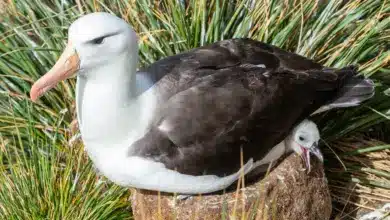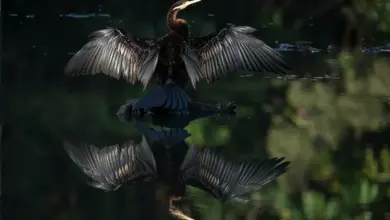White-tailed Trogons (Trogon viridis)
The White-tailed Trogons, Trogon viridis, is a near passerine bird in the trogon family. It occurs from Panama south to southern Brazil, and on Trinidad.
It is a resident of moist tropical forests, where it nests in a termite nest or a hole in a rotten tree, with a typical clutch of two or three white eggs. These are incubated for 16-17 days, with a further two weeks to fledge.
White-tailed Trogons feed on insects and small fruit, and their broad bills and weak legs reflect their diet and arboreal habits. Although their flight is fast, they are reluctant to fly any distance. They typically perch upright and motionless.
Trogons have distinctive male and female plumage, with soft, often colorful, feathers. This relatively large species is about 29 cm long and weighs 82 g. The head and upper breast of the male are blue and the back is green, becoming bluer on the rump.
The lower underparts are golden yellow. The undertail has a black center, broadly edged with white, and the wings are black, vermiculated with white. The female White-tailed Trogon has a brown-grey back, head, and breast.
This species superficially resembles the Violaceous Trogon, but the latter is smaller and has a barred tail.
White-tailed Trogon has a slow cow cow, cow call, and a faster caaop, caaop, caaop, ca, ca, ca. The fast call resembles that of Amazonian Violaceous Trogon and is not given in the wetter forests where both forms occur.
Beauty Of Birds strives to maintain accurate and up-to-date information; however, mistakes do happen. If you would like to correct or update any of the information, please contact us. THANK YOU!!!




